The figure shows the displacement-time graph of a particle moving along the x-axis. Which of the following statement will describe the motion of the particle correctly ?
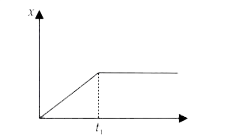
The particle is moving continuously
The particle is at rest.
The velocity of the particle increases upto time t1 and then becomes constant.
The particle moves with a constant velocity upto time t1 and then stops.
The correct Answer is:D
The particle moves with a constant velocity upto time t1 and then stops.
Topper's Solved these Questions
- BOOK - MTG IIT JEE FOUNDATIONCHAPTER - MOTIONEXERCISE - Exercise (MCQ.s) Level-220videos
MOTION
- BOOK - MTG IIT JEE FOUNDATIONCHAPTER - MOTIONEXERCISE - Exercise (Match the Following)4videos
MOTION
- BOOK - MTG IIT JEE FOUNDATIONCHAPTER - MOTIONEXERCISE - NCERT Section22videos
MOTION
- BOOK - MTG IIT JEE FOUNDATIONCHAPTER - GRAVITATION EXERCISE - Olympiad/HOTS Corner20videos
GRAVITATION
- BOOK - MTG IIT JEE FOUNDATIONCHAPTER - SOUNDEXERCISE - Olympiad/HOTS Corner15videos
SOUND
Similar Questions
Knowledge Check
- Question 1 - Select One
Figure show the displacement - time graph of a particle moving on the x-axis
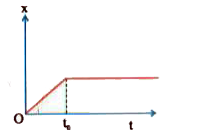 Athe particle is continuously going in positive X directionBthe particle is at restCthe velocity increases up to a time t0 and then becomes constant.Dthe particle moves at constant velocity up to a time t0 and then stops.
Athe particle is continuously going in positive X directionBthe particle is at restCthe velocity increases up to a time t0 and then becomes constant.Dthe particle moves at constant velocity up to a time t0 and then stops. - Question 2 - Select One
Figure (i) and (i) show the displacement-time graphs of two particles moving along the x-axis. We can say that
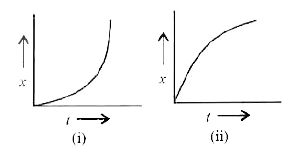 Aboth the particles are having a uniformly retarded motionBboth the particles are having a uniformly acceleraled motionCParticle (1) is having a uniformly accelerated motion while particle (i) is having a uniformly retarded motionDParticle (i) is having a uniformly retarded motion while particle (ii) is having a uniformly accelerated motion
Aboth the particles are having a uniformly retarded motionBboth the particles are having a uniformly acceleraled motionCParticle (1) is having a uniformly accelerated motion while particle (i) is having a uniformly retarded motionDParticle (i) is having a uniformly retarded motion while particle (ii) is having a uniformly accelerated motion - Question 3 - Select One
Figure shows the position-time graph of a particle moving on the X--axis. Which of these option correctly describes the particle 's motion?
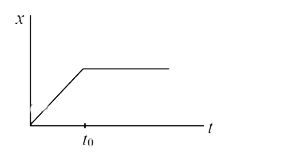 Athe particle is continuously going in positive x directionBthe particle is at restCthe velocity increases up to a time and then becomes constantDthe particle moves at a constant velocity up to a time and then stops
Athe particle is continuously going in positive x directionBthe particle is at restCthe velocity increases up to a time and then becomes constantDthe particle moves at a constant velocity up to a time and then stops
Figure shows the displacement time graph of a particle moving on the X-axis
 View Solution
View SolutionFigure shows the displacement (x)-time (f) graph of a particle moving on the X-axis.
 View Solution
View SolutionFigure shows the position-time graph of a particle moving on the X--axis. Which of these option correctly describes the particle 's motion?
 View Solution
View SolutionFigure shows velocity time graph of a particle moving in straight line. Which of the following statement(s) is / are CORRECT:−
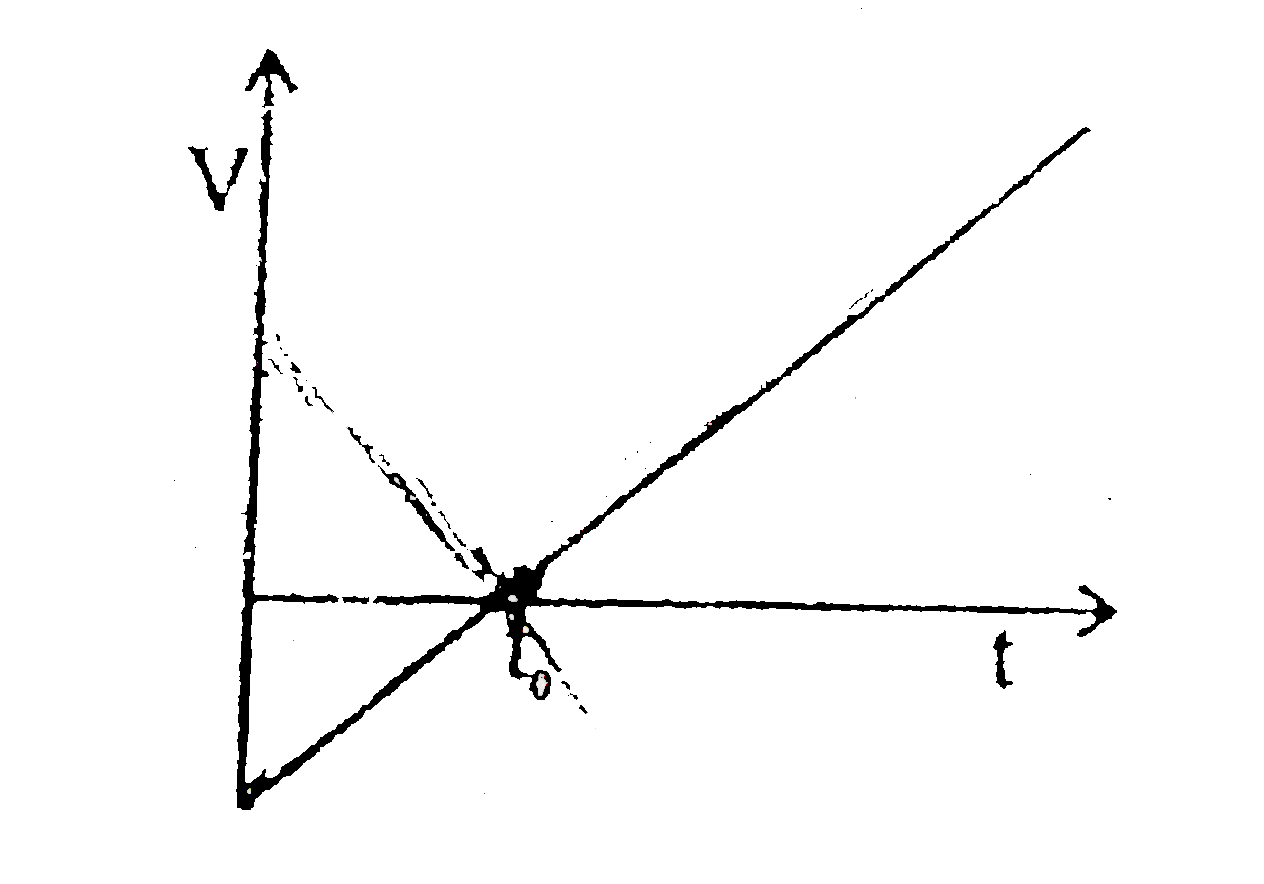 View Solution
View SolutionFigure shows velocity time graph of a particle moving in straight line. Which of the following statement(s) is / are CORRECT:−
 View Solution
View Solution
